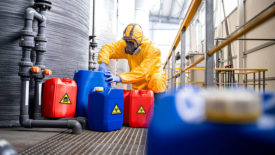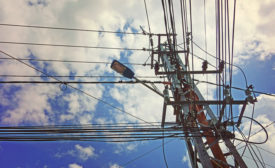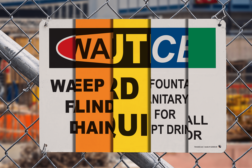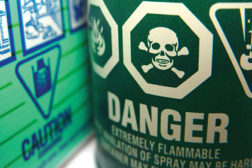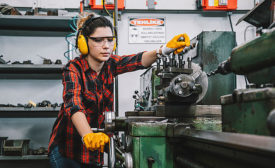Home » Keywords: » hazard communication
Items Tagged with 'hazard communication'
ARTICLES
Why is there OHS malaise in the U.S.?
Voluntary best practices implementation is risk management
February 8, 2021
EVENTS
Get our new eMagazine delivered to your inbox every month.
Stay in the know on the latest safety trends.
SUBSCRIBE TODAYCopyright ©2024. All Rights Reserved BNP Media.
Design, CMS, Hosting & Web Development :: ePublishing
